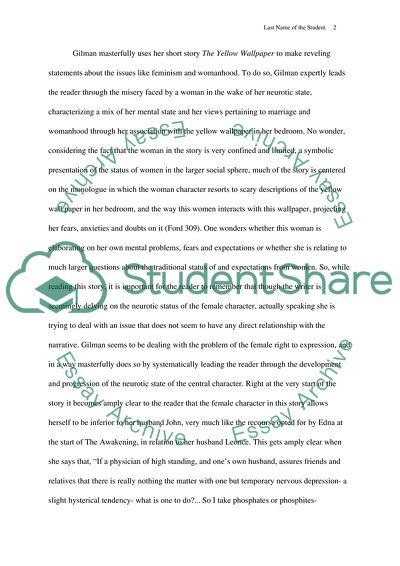Cite this document
(“Traces of Modernism and Women Emancipation in The Yellow Wallpaper and Term Paper”, n.d.)
Retrieved from https://studentshare.org/english/1600160-see-introduction
Retrieved from https://studentshare.org/english/1600160-see-introduction
(Traces of Modernism and Women Emancipation in The Yellow Wallpaper and Term Paper)
https://studentshare.org/english/1600160-see-introduction.
https://studentshare.org/english/1600160-see-introduction.
“Traces of Modernism and Women Emancipation in The Yellow Wallpaper and Term Paper”, n.d. https://studentshare.org/english/1600160-see-introduction.


